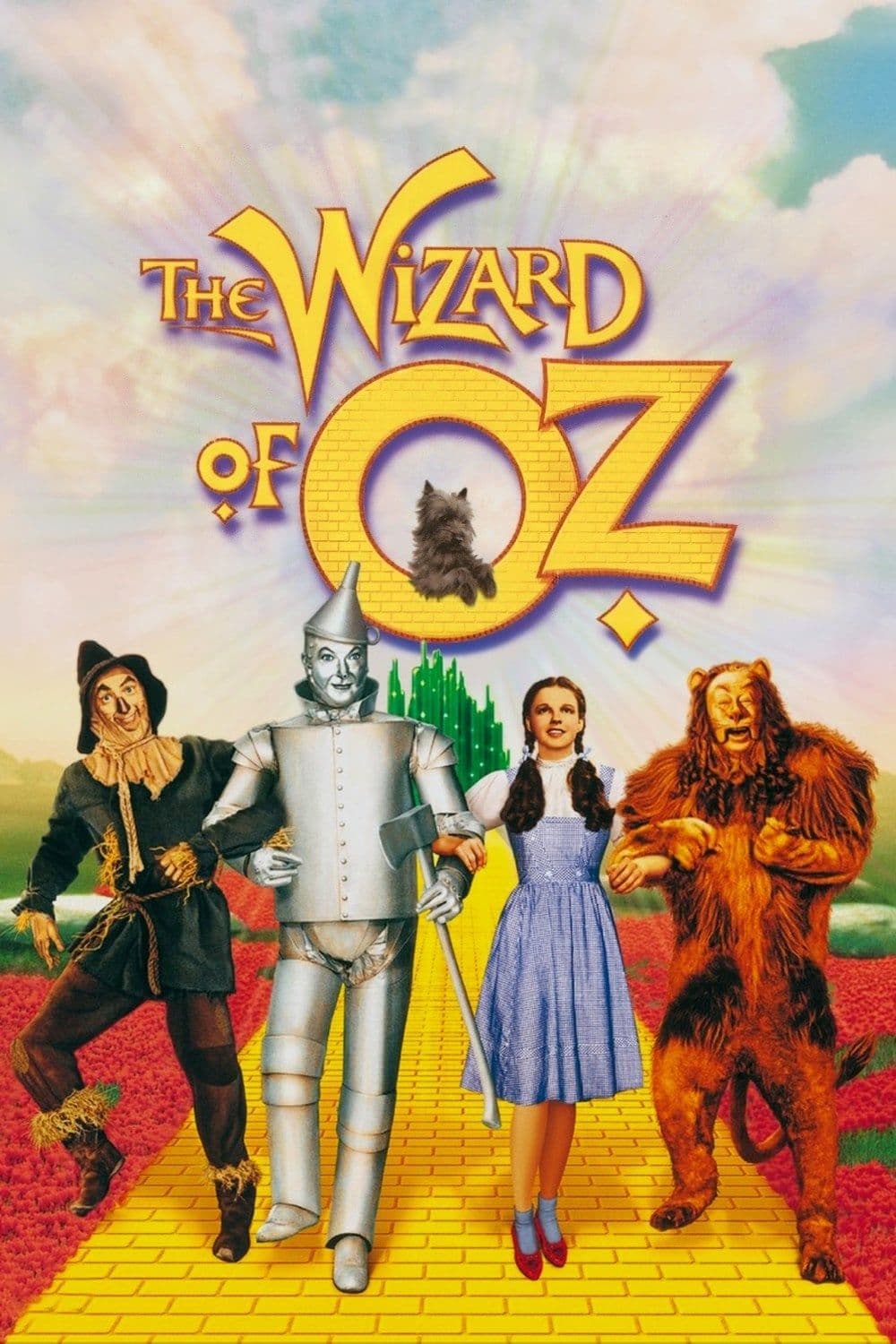
The Wizard of Oz
1939
Rate this movie
Average: 0.00 / 5
(0 votes)
Director
L. Frank Baum's classic comes to life in one of the first masterful Technicolor productions, giving rise to what is, in effect, a milestone in contemporary cinema.
An imposing fairy-tale construction dedicated to the power of Fantasy.
All enhanced by a love for detail, a vividness of colors, and such accurate scenic reconstruction that watching it makes one want to reach out, to enter the magical world of Oz with Dorothy and follow her through improbable adventures.
Music plays an equally important role in this process of estrangement from reality.
Harold Arlen's music and E.Y. Harburg's lyrics contribute decisively to creating the film's fairy-tale and dreamlike atmosphere.
Catchy melodies and orchestral arrangements transport the viewer into the fantastic world of Oz, making them feel part of the magic.
The music will then help the viewer to acclimatize to this fairy-tale landscape.
One of the most famous tunes in the world is the song Somewhere Over The Rainbow, which contributed to the film's great success.
Music not only has an alienating power in the film but also a psychological significance.
The songs are, in fact, used to define the personalities and desires of the characters.
Over the Rainbow, for example, expresses Dorothy's longing for a better world, while If I Only Had a Brain reveals the Scarecrow's desire for a brain, to somehow transcend his miserable condition.
The plot, while faithful to the spirit of the original novel, acquires a new dimension on screen, thanks to the power of cinematic language.
Dorothy, swept away by a tornado, is catapulted with her house and her dog Toto into the magical world of Oz.
Here, she meets a series of extraordinary characters: the Scarecrow who desires a brain, the Tin Man who wishes for a heart, and the Cowardly Lion in search of courage.
Together, they embark on a journey along the yellow brick road, in search of the Wizard of Oz, the only one who can help them fulfill their desires.
During their journey, they face dangers and obstacles, they meet good and bad witches, and discover that the true magic resides within them.
The film is a succession of memorable scenes, such as the encounter with the Wicked Witch of the West, the flight of the flying monkeys, and the arrival in the Emerald City.
The Wizard of Oz is a film that cleverly plays with the fantastic plane and the fragmentation of reality, creating a dreamlike and surreal world that invites reflection on the nature of existence and the perception of the world.
And indeed there are evident parallels between Dorothy's journey and Plato's ideas on reality and knowledge.
Dorothy's journey in Oz can be interpreted as a metaphor for Plato's Allegory of the Cave.
Like the prisoners chained in the cave, who see only shadows projected on the wall, Dorothy is initially trapped in a limited and illusory reality.
Her journey through Oz represents a path to liberation from the cave and access to true knowledge.
The transition from the real world to the fantastic world of Oz is abrupt and sudden, creating a rupture in reality.
This fragmentation also manifests within Oz itself, where Dorothy encounters characters and situations that challenge logic and common sense.
The film invites us to question our perception of the world and to consider the possibility of multiple realities and different forms of knowledge.
Oz can be seen as a representation of Plato's World of Forms, a perfect and immutable world that exists beyond the sensible world.
Dorothy, through her journey, comes into contact with this ideal world, discovering values such as friendship, courage, and solidarity.
According to Plato, knowledge is not the acquisition of new information, but a reminiscence of innate ideas that the soul contemplated before incarnation.
Dorothy's journey can be interpreted as a path to rediscovering these innate ideas, which help her understand herself and the world around her.
The Wizard of Oz is a film that, through the use of the fantastic plane and the fragmentation of reality, invites reflection on the nature of existence and the perception of the world.
The parallels with Plato's ideas suggest an interpretation of the film as a path to liberation from the cave, access to the World of Forms, and the rediscovery of innate knowledge.
This is a philosophical interpretation of a film that is only seemingly pure entertainment, but which in reality hides a profound speculative work where every image, every song, every set design is subservient to the goal of recreating a self-contained fantastic world, detached from reality, in which we all, deep down, hope to find ourselves strolling carefree along the yellow brick road someday.
Country
Gallery

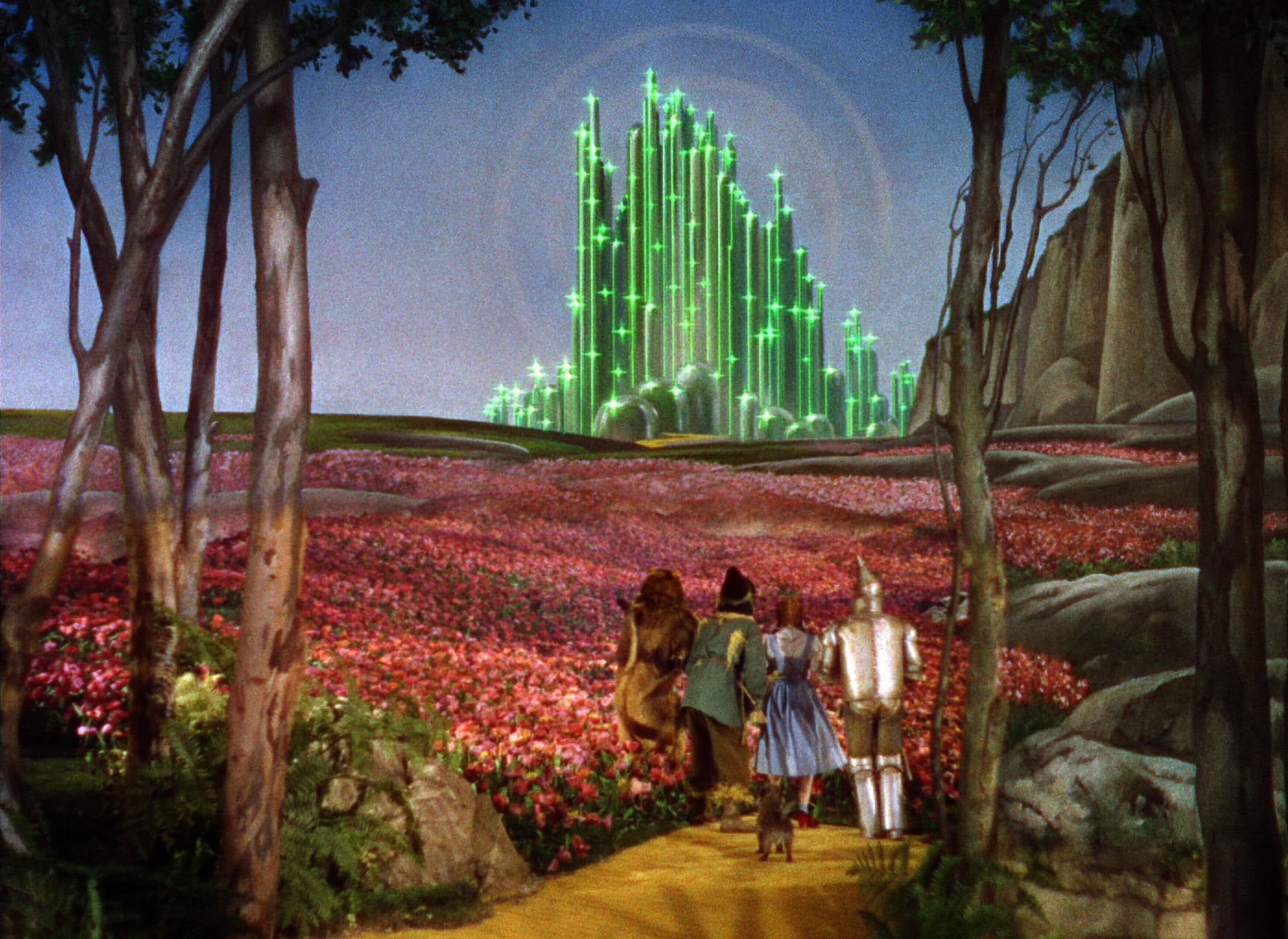

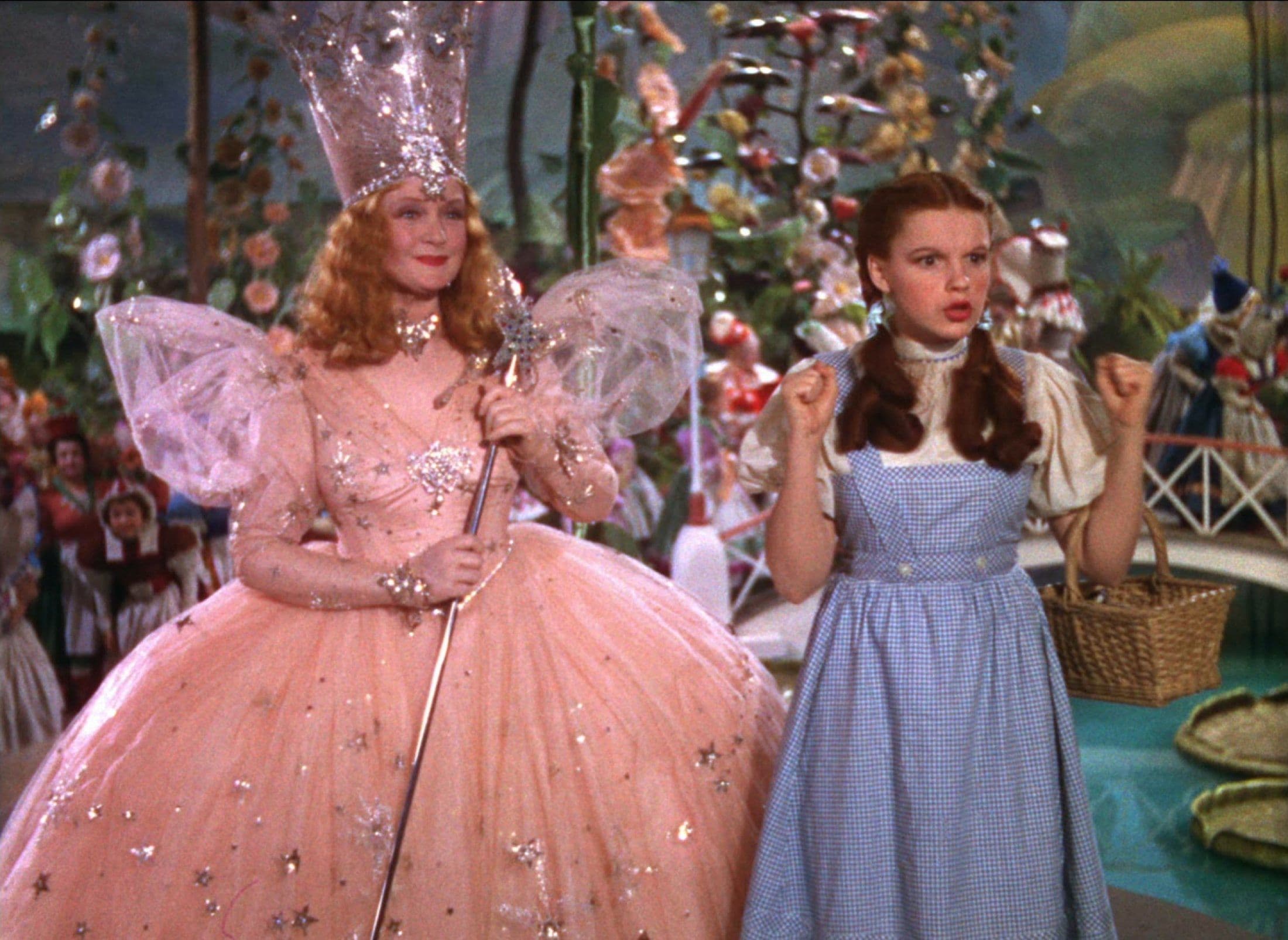
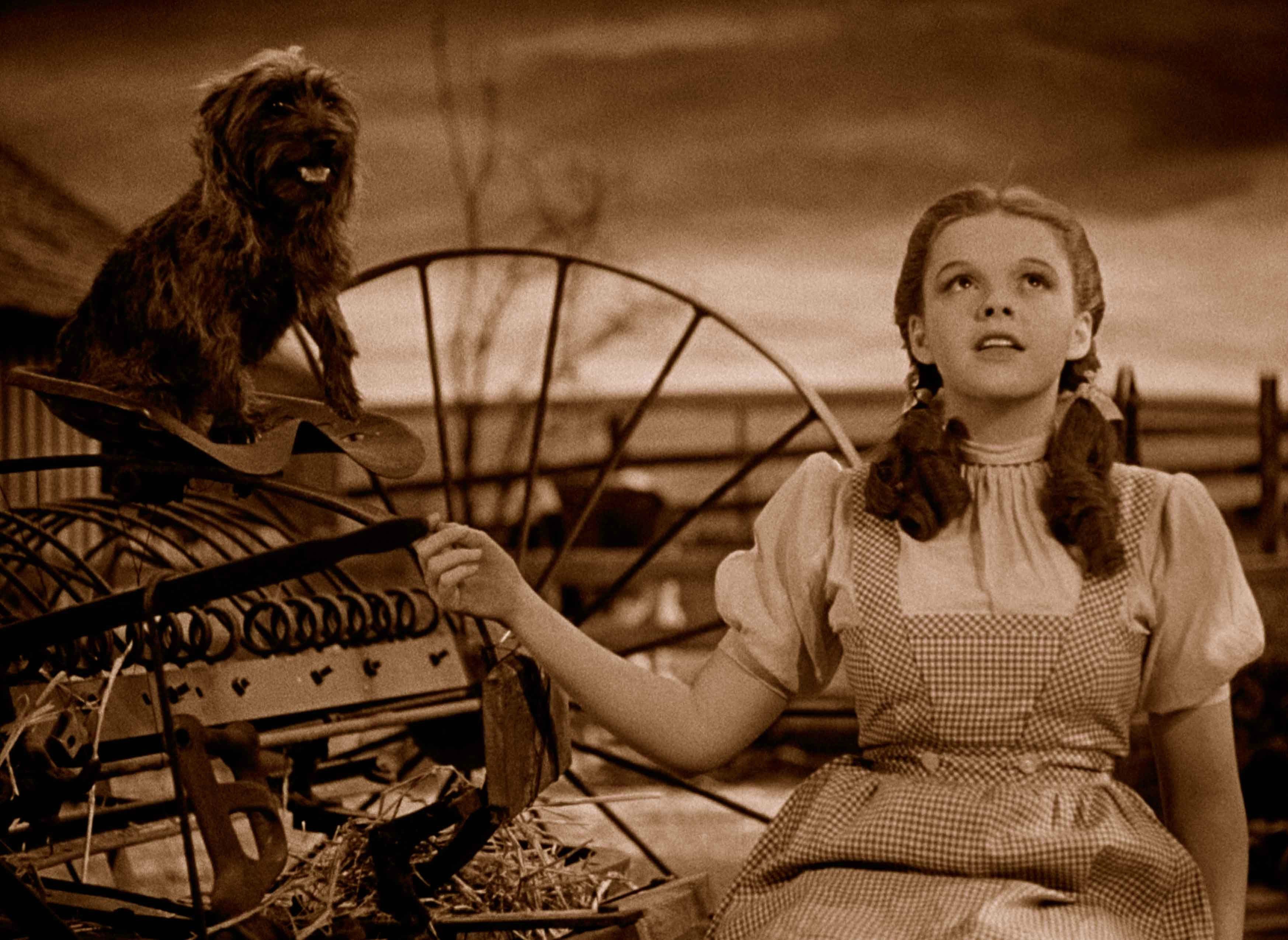
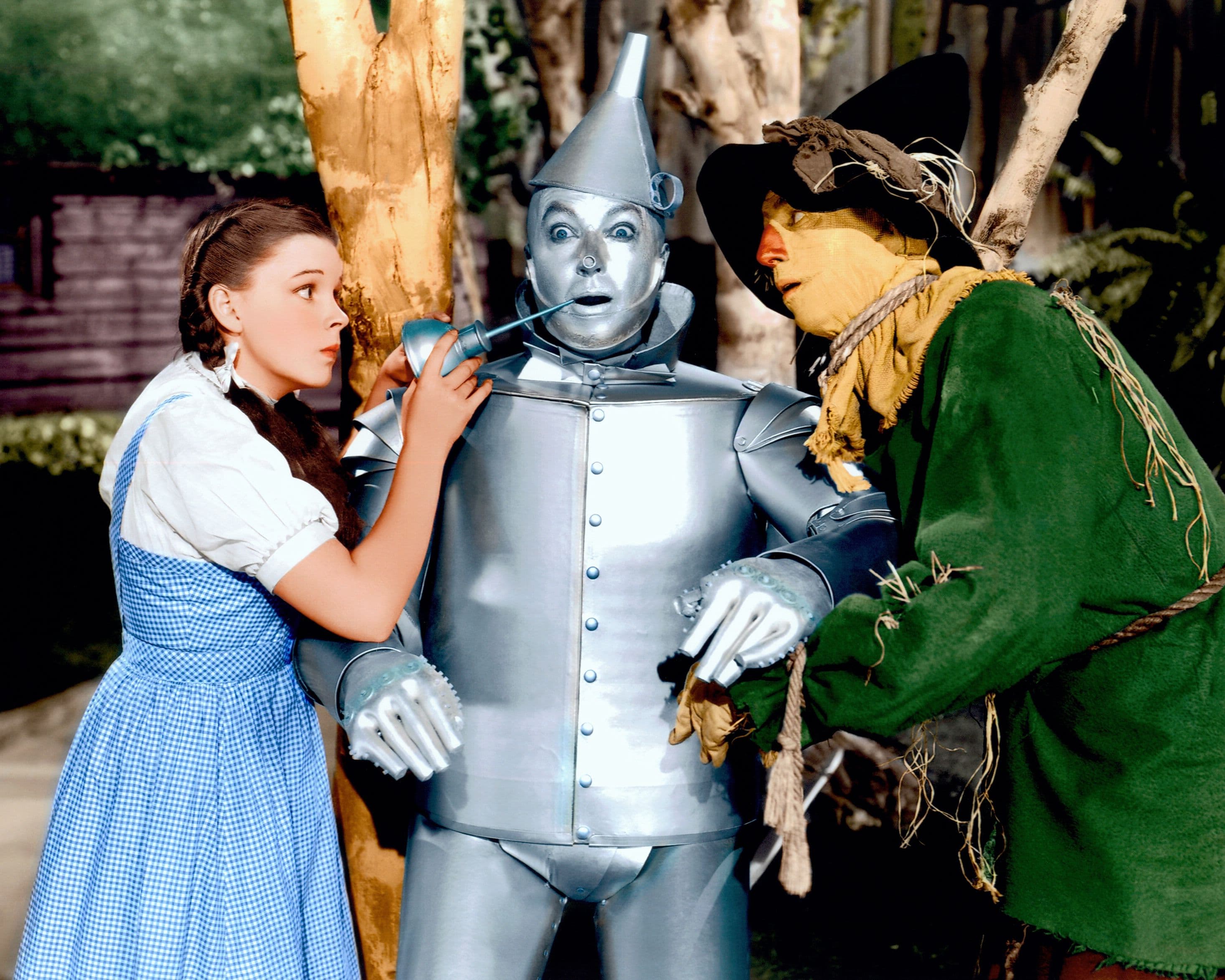
Comments
Loading comments...